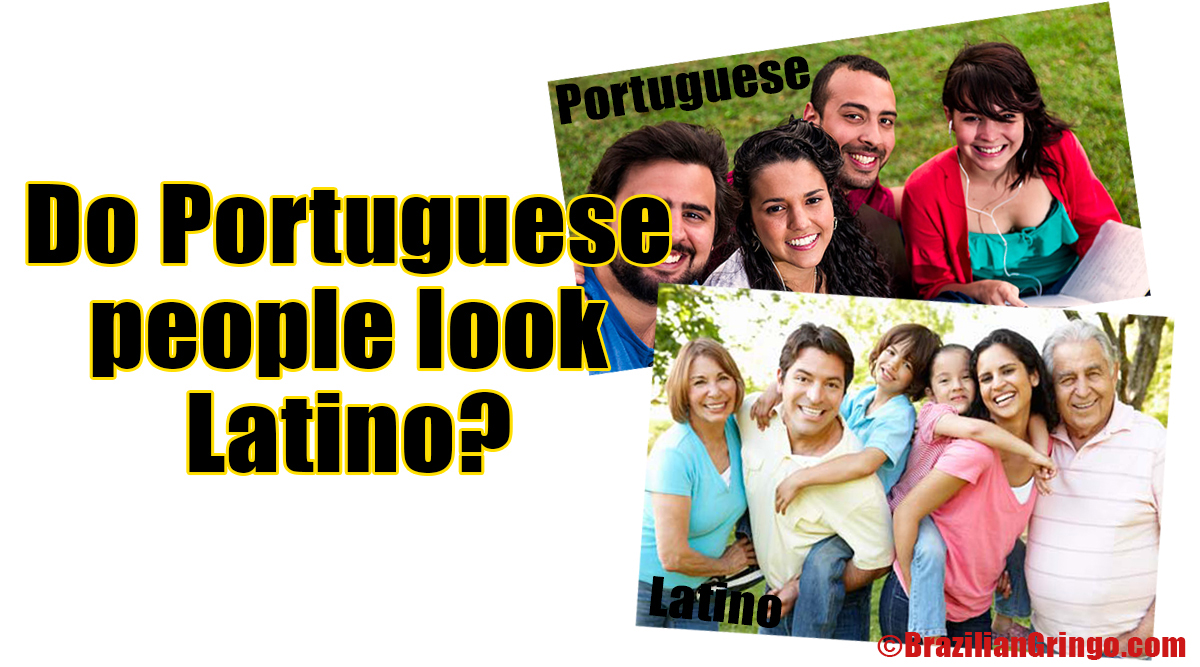There is no definitive answer to whether Portuguese people “look Latino” because Portuguese identity encompasses diverse phenotypes and physical appearances. Here are some key points on this complex topic:
- Portugal has been shaped by various historical influences including Celtic, Roman, Germanic, Arab and African peoples over centuries, creating a genetically diverse population today.
- Phenotypes range from lighter skin and more European features to darker complexions and African-influenced traits, especially in southern Portugal. There is no single Portuguese “look.”
- In the context of the Americas, “Latino” often stereotypically refers to mestizo phenotypes of mixed European and indigenous American ancestry. Since this specific mix does not apply to Portugal, Portuguese may not fit the “Latino look” stereotype.
- At the same time, some Portuguese individuals could pass for Latino in terms of skin tone, hair type, etc. But these features do not correlate to any direct indigenous American ancestry for Portuguese people.
- Brazilian phenotypes are perhaps more closely associated with the Latin American “look” due to mixed European, indigenous, and Afro-Brazilian origins. But again, diversity exists across regions.
- Ultimately, assuming anyone “looks Latino” based on appearance reinforces problematic stereotypes. There is immense diversity within Latin American and Iberian identity. Portuguese people exhibit a wide range of physical attributes.
In summary, while some Portuguese individuals may visually align with Latin American stereotypes, there is no overarching Portuguese “look.” Assuming correlation with identity oversimplifies Portugal’s complex history and population diversity.
Josh Plotkin Changed status to publish August 25, 2023
